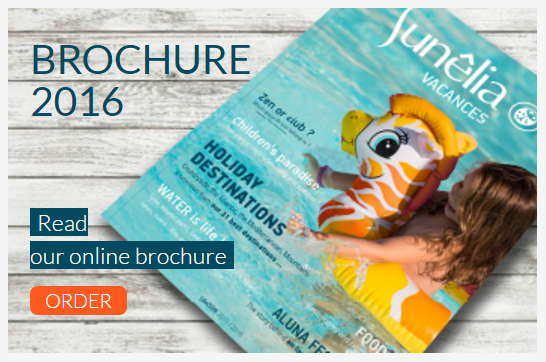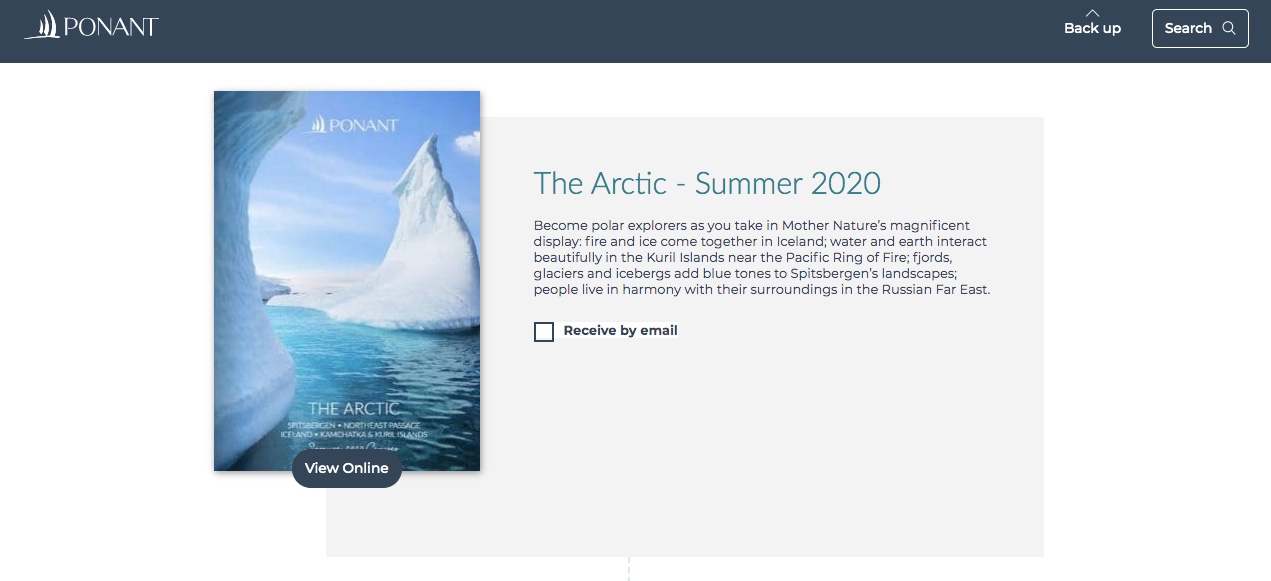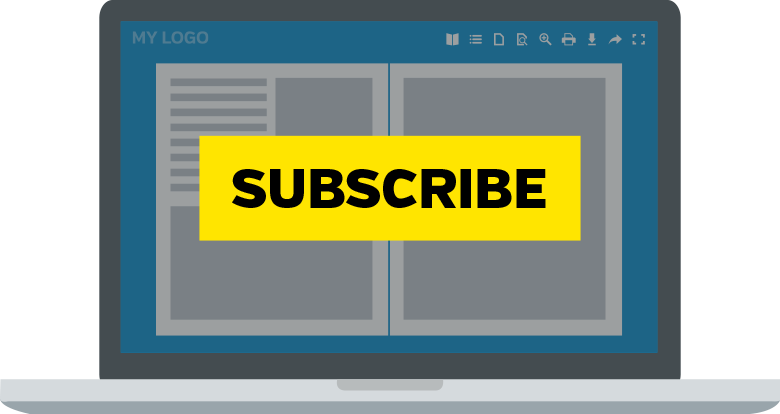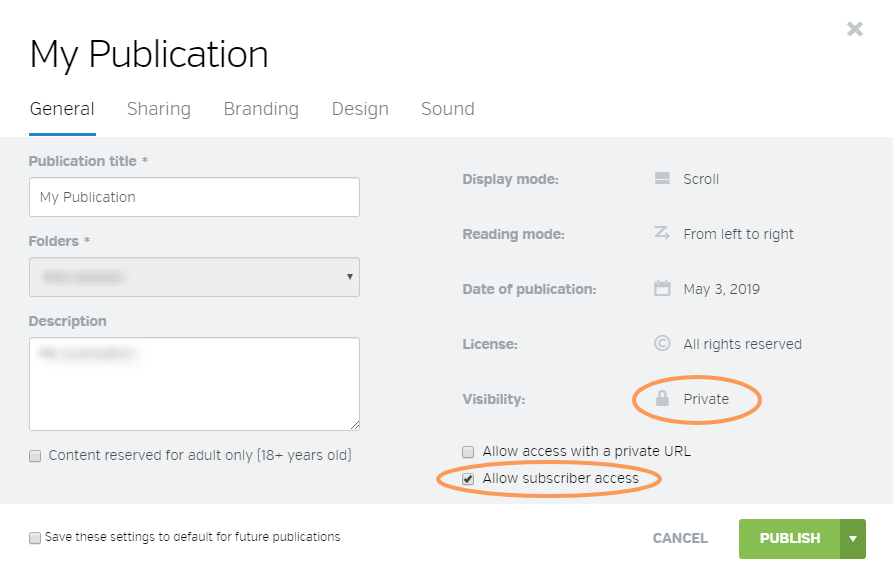Portable Document Format (PDF) is a file format used to present documents in a manner independent of application software and operating systems. The format was established in the early 90’s and has since been widely used around the world. But PDFs do come with some disadvantages in the modern business world.
The creators of PDFs originally designed the format for printing and features have since been added. However, many do not hold up to the high standards of enriched multimedia document technology that we have today.
In this article, learn about the top three problems with relying solely on PDFs. Plus, we will explain how Calaméo can help transform your PDF documents for your business needs.

What are common issues with relying on PDFs?
DISPLAY
PDFs are not screen-friendly and are often ill-formatted on small devices like tablets and mobile phones. As a result, finding the right page can mean minutes wasted scrolling unnecessarily within a document.
TECHNOLOGICAL COMPATIBILITY
PDFs have always been difficult to integrate on webpages. For example, without the necessary plugins, users are often prompted to download and view the file in a separate application.
In addition, PDFs make it almost impossible for you to engage your readers with interactive content. That’s because images and videos are cumbersome to include within the document. Unless you’ve added dynamic links to the document, viewers cannot even click on links provided in the PDF itself. Thus, PDFs actually get in the way of a seamless online user experience.
ONLINE VISIBILITY
Finally, one of the biggest disadvantages: PDFs tend to lack key information that search engines need in order to understand exactly what your document is about. When your content is hosted on a high PageRank website like Calaméo, search engines index it quicker and make it appear higher in their search results.
Which PDF alternative should I use?
Calaméo is the perfect solution to bring your documents into the digital era. Our HTML5-based publication viewer requires no plug-ins and adapts perfectly to any screen.
Moreover, with our high-speed document conversion technology and user-friendly Editor, you can transform your documents from dull and lifeless PDFs to enriched interactive documents in a matter of minutes.
You can also make the most of our Statistics. The detailed insights about your readership they offer can be vital for optimizing your publications’ content, ad revenue and more.
Conclusion
Of course, PDFs are still a valuable resource for the sharing and viewing documents. However, we strongly advise using intuitive conversion platforms such as Calaméo to help you to publish and share your documents in the most professional manner. Our online solution gives your digital publications in the best possible presentation, guiding your readers from browsing to action.
Haven’t tried digital publishing for your documents yet? Join Calaméo today and see the difference for yourself. It’s fast, easy and free to start.









